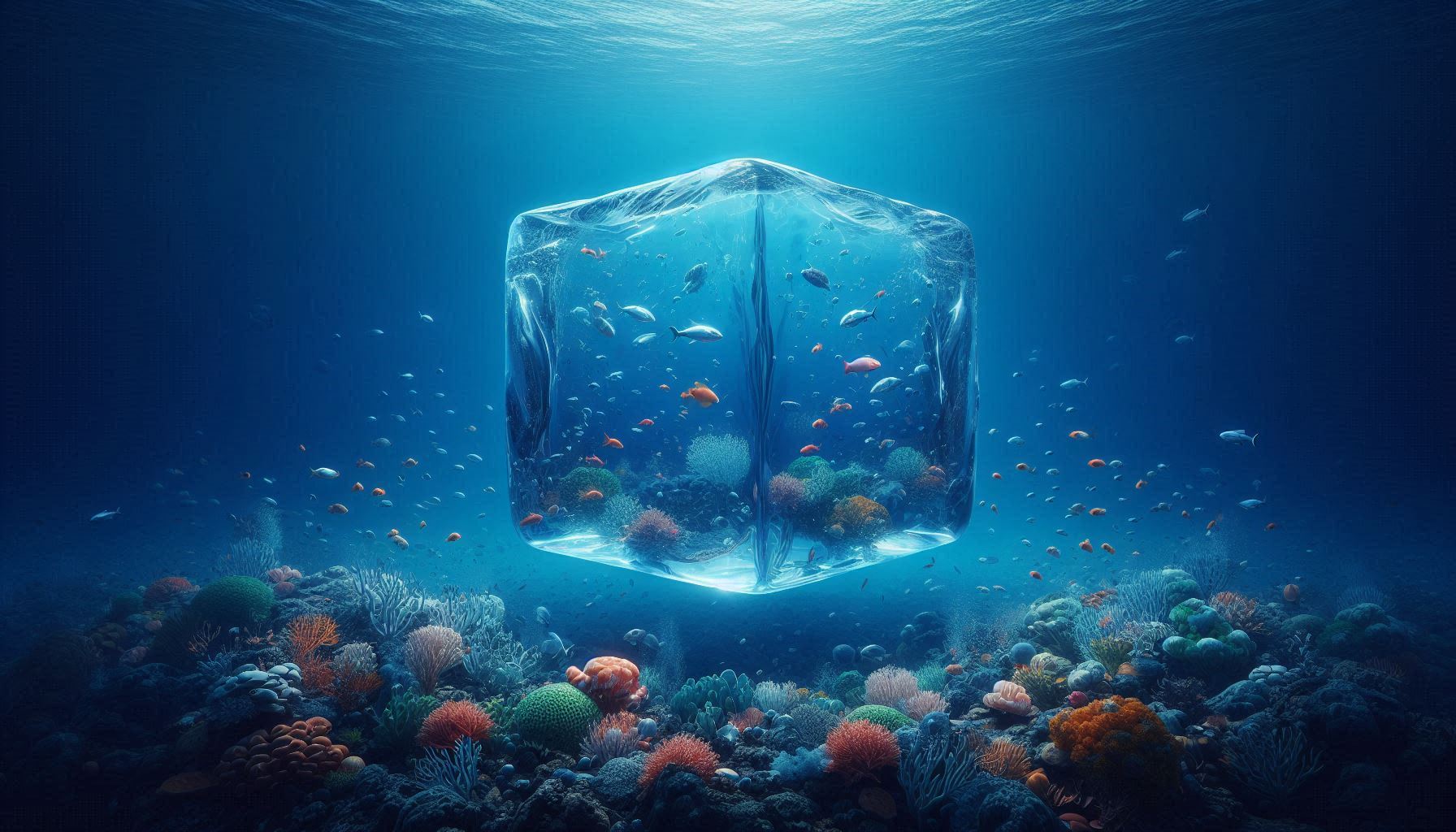When I was researching ocean currents, I found out that there are water masses. A water mass is a mass of seawater with uniform seawater temperature, salinity, dissolved oxygen, and nutrients. It also has almost the same characteristics such as water color, transparency, and plankton. I had the image that the ocean is constantly stirred up by ocean currents, so I never imagined that there would be water that exists in clumps. Is it similar to how protein powder or cocoa powder sometimes clumps together when stirred?
https://ja.wikipedia.org/wiki/%E6%B0%B4%E5%A1%8A
This mysterious mass of seawater is apparently carried by ocean currents and even creates ocean currents. In the seas near Japan, there is a mass of water called the Subtropical Mode Water, which originates from the Kuroshio Current.
https://yumenavi.info/vue/lecture.html?gnkcd=g012011
This is huge, and at the end of winter it is said to be 300-400m vertically and 4000km horizontally. The Japanese archipelago is 3000km north to south and 3000km east to west, so this is quite huge. There are only five places in the world where this subtropical mode water exists, and it is said to absorb carbon dioxide from the air and send the carbon to the deep sea. Subtropical mode water is amazing.
And the temperature of the subtropical mode water seems to be 17℃, but I wondered if there is some significance to 17℃, so I looked into it. It seems to be the temperature at which fish activity changes, or the limit temperature for human life to be sustained. It may be the temperature that marks the boundary between the activity of some living organism.
It also has an effect on typhoons. When the Subtropical Mode Water is thick, it cools the ocean surface and weakens typhoons. When it is thin, the opposite happens. When it is thick, the ocean is rich in nutrients and the ecosystem tends to flourish. Water masses are amazing.
https://www.aori.u-tokyo.ac.jp/research/news/2023/20230914.html
The water mass seems to fluctuate, thickening and thinning, almost as if it were vibrating, and it seems to be closely related to the Kuroshio Current. The Kuroshio Current also fluctuates, and it seems that this fluctuation is influenced by the Pacific Decadal Oscillation, which is a wind fluctuation in the central North Pacific Ocean. Periodic fluctuations on a 10-year scale are amazing.
https://www.data.jma.go.jp/kaiyou/data/db/climate/knowledge/pac/pacific_decadal.html
The cause of this decadal oscillation is still unclear. Periodic phenomena in nature are mysterious. If it is periodic, there must be some kind of movement that creates the cycle, but I tried looking for other things with a cycle of 9 to 11 years. I didn’t find many 9-year cycles, but when I looked for a 10-year cycle, I found the Pacific Decadal Oscillation, and when I looked for an 11-year cycle, I found the solar activity cycle. I wonder if the sun is involved. I look forward to future discoveries.
I learned about water masses and did some research, and the workings of nature are truly mysterious. Water masses are connected to global weather phenomena, and it’s amazing. The Earth is amazing.


